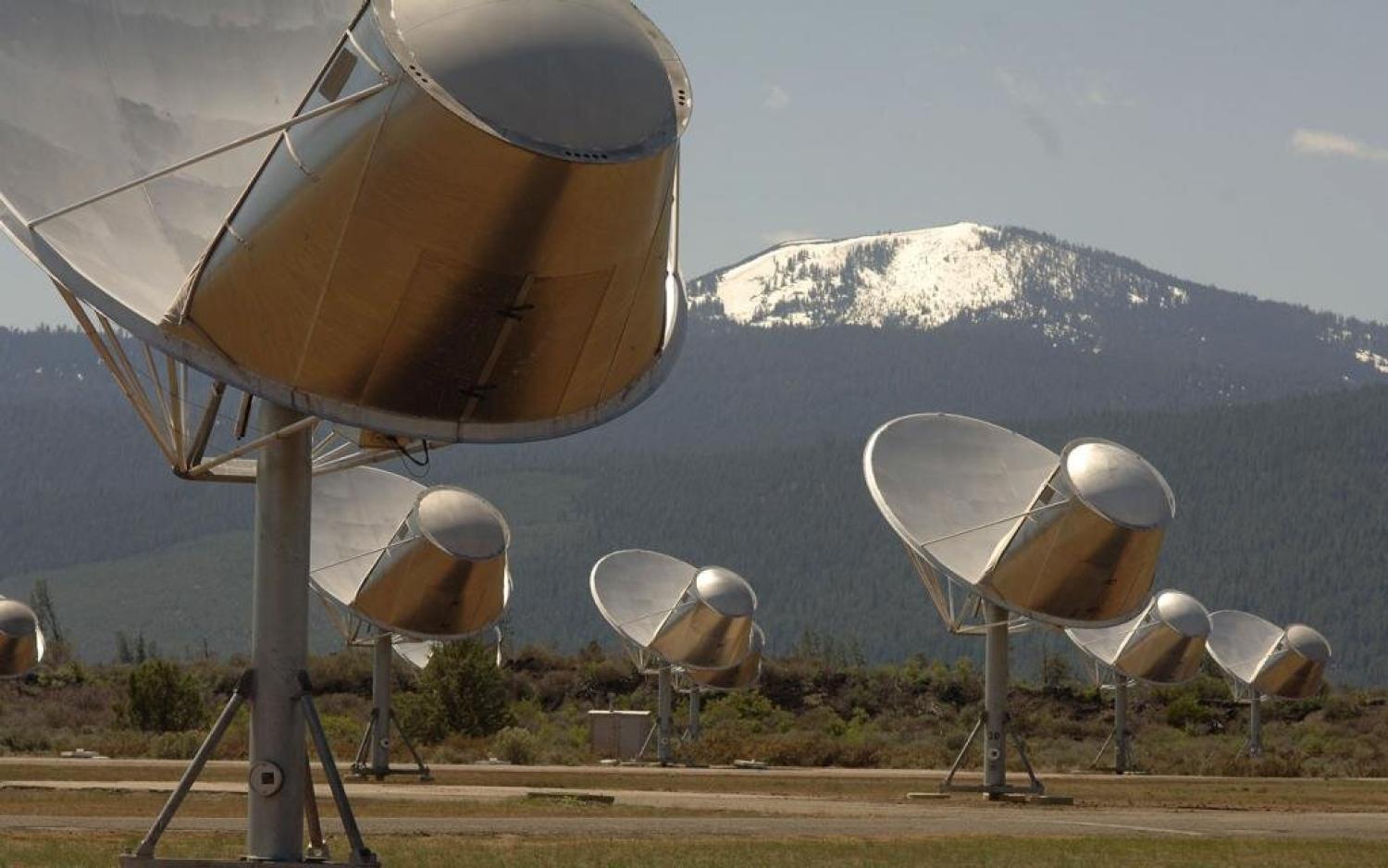NSF SII-NRDZ HCRO-NRDZ Field Deployment
Project Overview:

Project Goals:

• Analysis and characterization of RF noise with respect to the environment to identify patterns.
• Explore new approaches to dynamic spectrum sharing between passive & active services.
• Quantitative analysis of spectrum sharing mechanisms between passive and active services.
• Explore approaches to optimize the efficiency and security of dynamic spectrum sharing.
• Exploration of operational mechanisms for a National Radio Dynamic Zone (NRDZ).
The overarching project goal is to prototype and deploy an automated spectrum sharing system for field trials at HCRO as an example NRDZ that will improve spectrum access for terrestrial RA facilities and for low-earth-orbit-observing (e.g., EESS) passive satellites. The RADYSIS high-level plan is to:
• Design and deploy the in-orbit EESS passive satellite spectrum sharing system.
• Design and deploy the RA dynamic protection spectrum sharing system.
• Evaluation and evolution of deployments at the Hat Creek Radio Observatory.
The RADYSIS Project will make multiple specific contributions to the scientific community, including:
• Dynamic protection for RA to mitigate RF interference (RFI) from satellite transmissions.
• Bi-lateral spectrum sharing between RA and mobile broadband cellular services.
• Mitigation of interference to satellites via spectrum sharing with terrestrial wireless providers.
• Deployment of spectrum sharing prototype systems to (1) protect RA terrestrial observatories, and (2) protect low earth orbit (LEO) passive earth-observing satellites from increasing interference.
• Tools and metrics for quantitative analysis of dynamic spectrum sharing effectiveness.
• Processes for optimizing the effectiveness and security of dynamic spectrum sharing.
• Preliminary operational definition and requirements for a NRDZ.
• Lessons-learned for the general NRDZ research community as an example NRDZ site.

